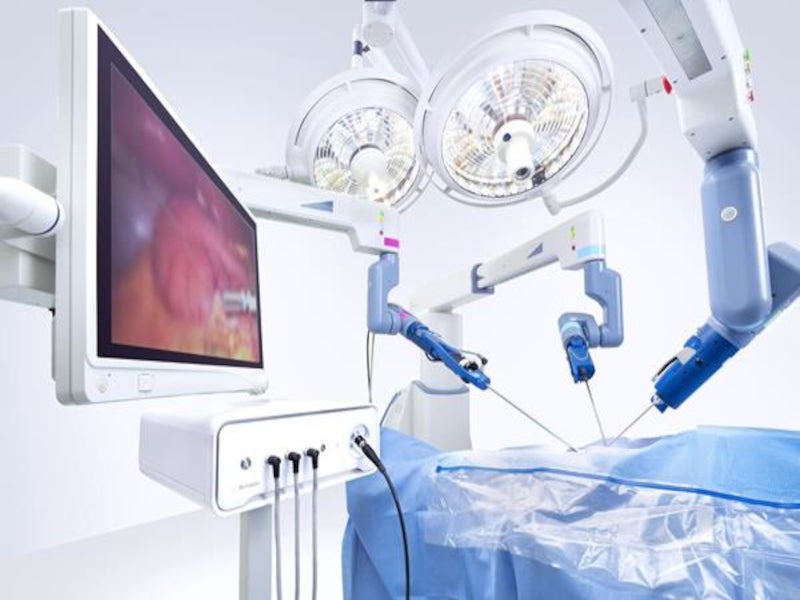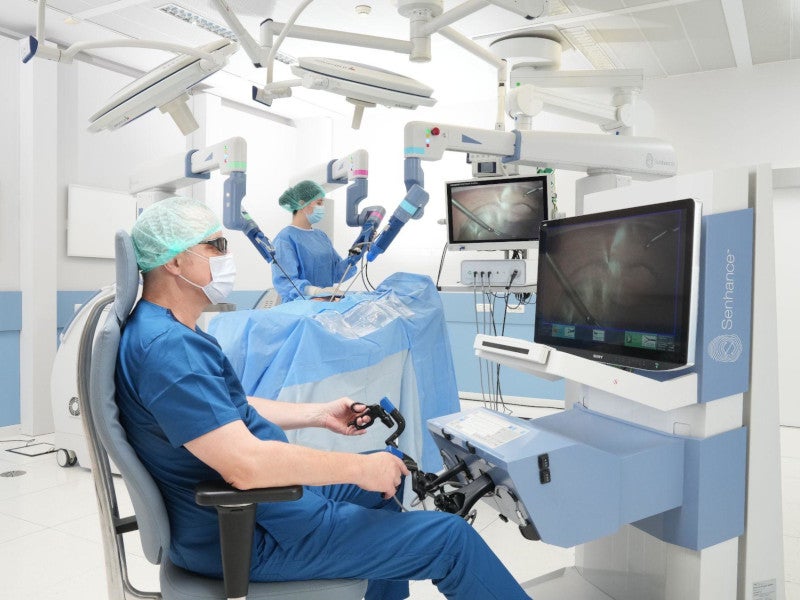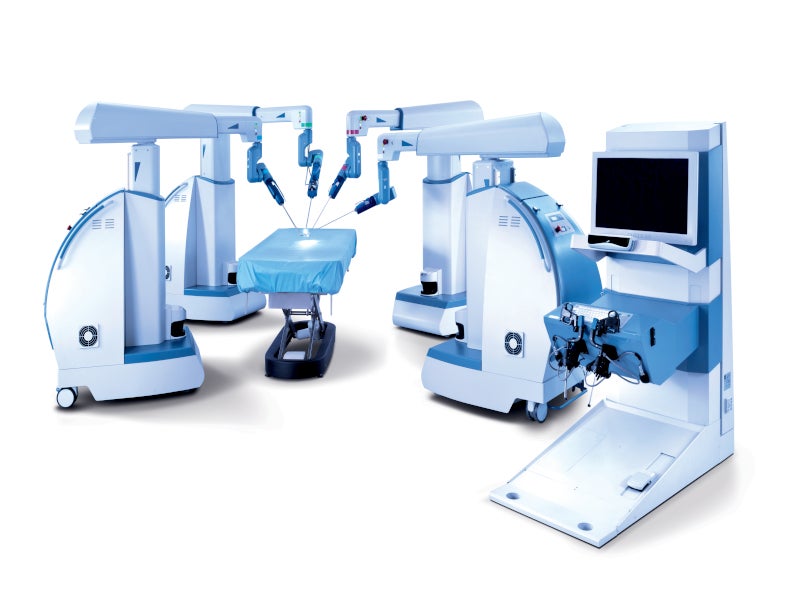Senhance® is a robotic surgical system developed by Asensus Surgical (formerly TransEnterix), a medical device company based in the US. The system is used to support hospitals and assist surgeons in carrying out performance-guided general laparoscopic surgical procedures and laparoscopic gynaecology, urology and thoracic surgeries.
The system helps surgeons accurately control laparoscopic instruments for visualisation and endoscopic tissue handling, including grasping, cutting, blunt and sharp dissection in laparoscopic surgery.
Launched in September 2016, Senhance® surgical system received the US Food and Drug Administration (FDA) 510(k) clearance in October 2017. The device holds the European CE Mark approval for adult and paediatric use and is also available in Japan, Russia and select other countries.
The CE Mark for the device’s Intelligent Surgical Unit™ (ISU™) received approval for its expanded machine vision capabilities in January 2023. The approval also included a review of the Senhance® surgical system, making it the first robotic system to undergo the new European Union (EU) Medical Device Regulation process.
Senhance Surgical System design and features
Senhance® surgical system is a digital laparoscopic platform integrated with advanced technology to offer robotic precision, tactile sensing, eye-tracking camera control, and better economics for minimally invasive surgeries.
The system features a digital fulcrum that provides a digital fulcrum point to reduce torque at the incision site. It uses standard 3mm, 5mm and 10mm fully reusable instruments to keep its pricing comparable to traditional laparoscopic instruments. The robotic instruments sense the forces applied by surgeons and transmit them back to their hands during critical tasks, such as suturing.
The tactile sensing feature enhances the surgeon’s ability to perceive the applied pressure and tension by alerting them in case the pressure reaches the threshold.
The first-of-its-kind eye-tracking camera control enables surgeons to continuously control the camera with their eyes, while the 3DHD visualisation offers additional information on the depth and spatial relation of organs.
The system comes with ergonomically comfortable chairs to allow surgeons to sit in a comfortable position throughout the procedure. The surgeons can use the clutch pedal to pause the movement of the instrument and reposition it to a more comfortable and ergonomic operating position at any time during the surgery.
Robotic arms details
Senhance® features flexible interchangeable robotic arms, each of which can work independently and can handle any Senhance instrument, such as an endoscope.
Designed for various surgical specialities such as gynaecology and colorectal surgery, the system allows surgeons to access multiple abdominal quadrants by adjusting the camera position and instruments and assigning them to the required robotic arm. Surgeons can precisely manipulate the arms during delicate surgeries by selecting the appropriate scale.
The eye-tracking camera control provides full control of the third robotic arm.
Platform and technology
The Senhance® system features an open-platform architecture compatible with 3DHD and HD fluorescence vision systems along with other existing hospital infrastructure in laparoscopy. The platform offers an open view of the sterile field from the surgeon’s open cockpit and provides easy access to the patient, allowing clear communication between the surgeon and surgical staff.
The system is designed to keep activities such as arm positioning and instrument exchanges simple for the surgical staff, enabling them to provide a quick response.
The system is powered by the ISU™, which provides responses to commands and recognises certain objects and locations in the surgical field to offer machine vision-driven camera control to a surgeon. It allows a surgeon to change the visualised field of view by using the movement of the instruments.
The expanded machine vision capabilities of the ISU™ approved in January 2023 are 3D measurement, real-time surgical image analytics, digital tagging, and better camera control.
Supported by the Performance-Guided Surgery™ framework, the system improves clinical intelligence by providing augmented intelligence and digital tools to surgeons for continuous superior performance in a surgery.





